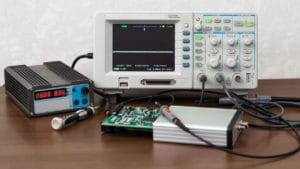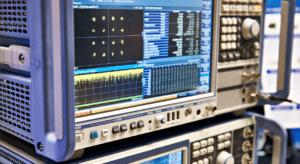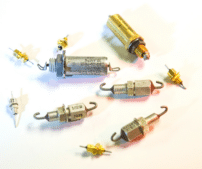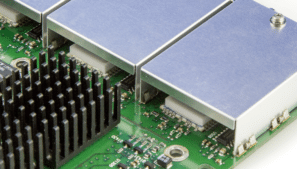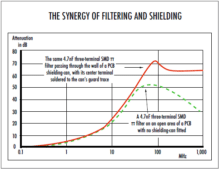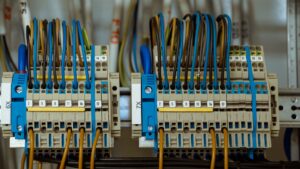INTRODUCTION While unrealistic to discuss all aspects of product design in a single article, I’ll try to describe the most common design issues I find in the hundreds of client products I’ve had a chance to work on. These issues generally include PC board design, cables, shielding, and filtering. More detailed information may be found in the Reference section below. As … [Read more...]
SI Metrics That Have Taken Us to 224G
In the world of signal integrity, we rely on many important metrics to qualify high-speed channel designs, both before prototyping and during prototype testing. There is a common group of signal integrity metrics that appear in high-speed digital interface standards and which need to be implemented in printed circuit boards and packages. These signal integrity metrics … [Read more...]
Filter Installation Issues Pt. 3: Mounting and More
This article is the 3rd and final part of a three-part Filter Installation Issues series. Read Part 1: Input and Output Conductors here. Read Part 2: The Synergy of Filtering and Shielding here. There are now many suppliers of PCB-mounted shielding-cans that can be used with three-terminal filters, and they have many types that can be automatically assembled like any … [Read more...]
How to Specify Board-Level Shielding
The Purpose of Board Level Shields Board level shields (BLS) are generally small metallic shielded boxes mounted directly to PC board ground return layers. There are three primary purposes of board level shields: Isolation of sensitive circuitry from other noisy circuits on the board Trapping the emissions from noisy circuits on a board from propagating to the outside … [Read more...]
Filter Installation Issues Pt. 2: The Synergy of Filtering and Shielding
This article is part 2 of a three-part Filter Installation Issues series. Read Part 1: Input and Output Conductors here. Some mains filter manufacturers only design and specify their filters to provide attenuation over the frequency range of the conducted emissions tests (typically up to 30MHz for commercial and industrial products), to keep costs low. Unfortunately, if … [Read more...]
5 Ways to Eliminate Ground Loops — Part 2
As we discussed in Part 1, Ground Loops, while often not obvious, can be a significant source of frustration for system operators and integrators. This phenomenon manifests as unwanted electrical noise – audible hums in speakers, jitter on screens, noisy measurements, and bad measurement data – and it can even lead to unexpected communications loss and equipment … [Read more...]
Demystifying the Math of EMC
As we progress through the fold of technological developments, be it in commercial products, military advancements, automotive electronics, or any of the other industries where electromagnetic devices are developed, EMI will be present and EMC testing will be required. For those technical personnel who are walking into a laboratory for the first time, learning EMC because … [Read more...]
Filter Installation Issues: Input and Output Conductors
Real-life filter performance is totally dependant on how they are installed, especially on the impedance of the RF Reference and the impedance of the method used to electrically bond the filter to its RF Reference. Not only should these impedances be much lower than that of the shunt capacitors in the filters, they should also allow the internal and external CM surface currents … [Read more...]
5 Ways to Eliminate Ground Loops — Part 1
A Brief Introduction Most workers already know that proper grounding is a fundamental safety precaution for all kinds of electrical equipment. However, it’s less well known that while grounding can prevent and resolve many safety and power issues, improper grounding can create problems in data logging, data acquisition, and measurement and control systems. One of the most … [Read more...]
Designing and Selecting Filters: Using Soft Ferrite Cores
All inductors (L) suffer from RF resonances, and are only effective in filters at frequencies not far above their first (parallel) resonance (see section 1.8.1 of [7]). But so-called ‘soft ferrites’ behave resistively at RF, and the resulting lack of RF resonances helps make filters that use them have better and more predictable performance at RF. For example, a typical small … [Read more...]
- « Previous Page
- 1
- 2
- 3
- 4
- …
- 41
- Next Page »
